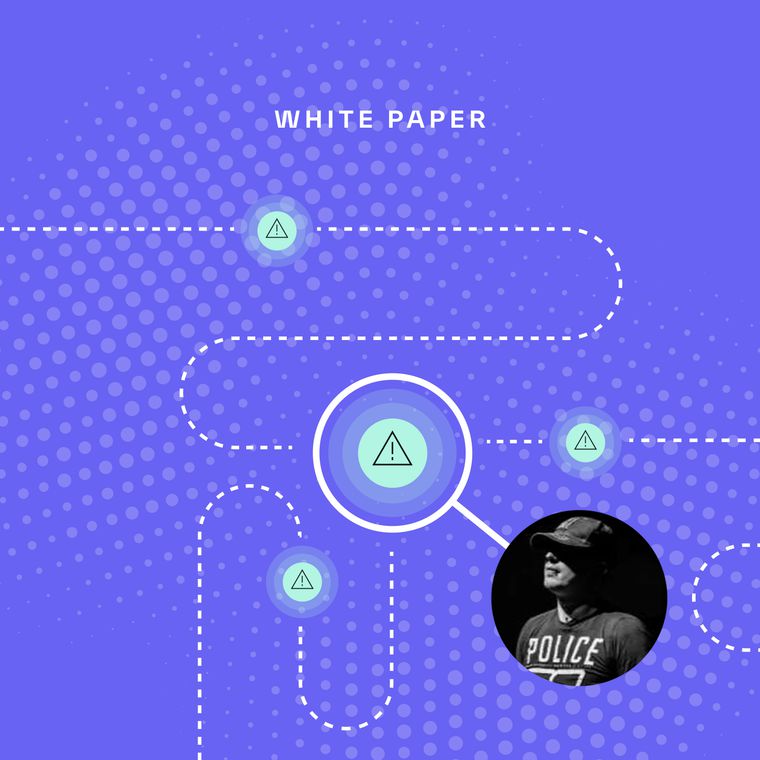Predictive analytics improves cybersecurity by analyzing historical attack patterns using data analytics and machine learning. By recognizing these patterns, it forecasts future cyber threats and detects anomalies in real time, enabling faster response.
This helps reduce risks from phishing, malware, and other attacks. Data scientists use statistical models and pattern recognition to enhance threat detection accuracy and ensure proactive defense against evolving cyber threats.


